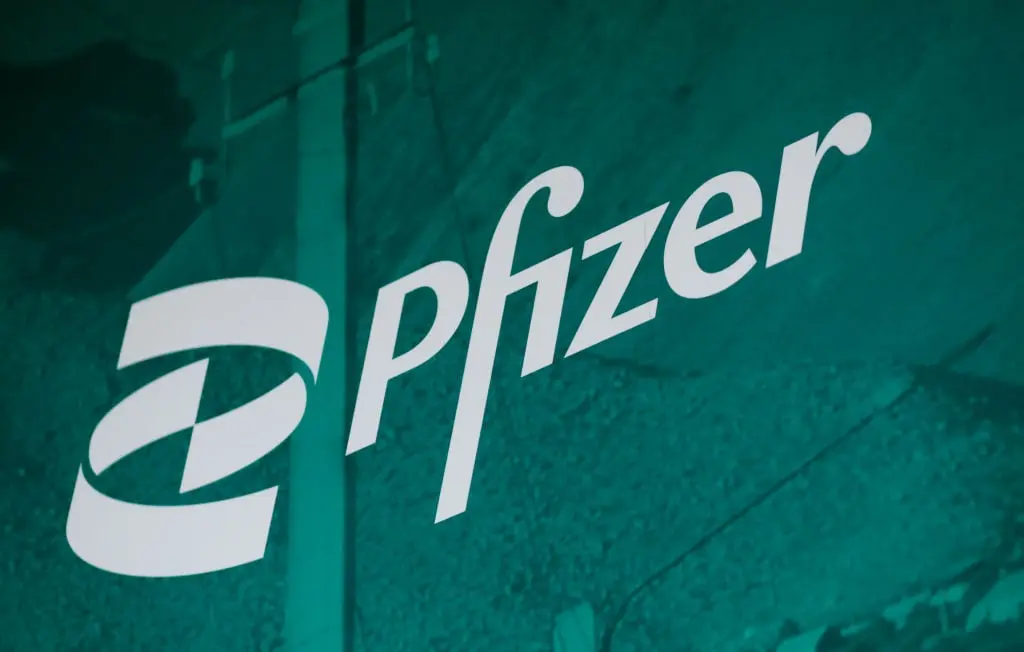How OpenAI's New Partnerships with Computing Providers Accelerate AI Infrastructure
OpenAI's new partnerships with major computing providers accelerate AI infrastructure, scale, and innovation. Learn how these alliances shape the future of AI.
Page views: 2

OpenAI has announced partnerships with several key computing providers in recent weeks. These alliances mark an important step in scaling AI research and deployment, giving developers, enterprises, and researchers access to more robust infrastructure for training and running advanced models.
Why these partnerships matter
AI development is increasingly dependent on access to large-scale compute, specialized hardware, and secure cloud environments. By partnering with major computing providers, OpenAI can leverage distributed compute resources, state-of-the-art GPUs and accelerators, and optimized data pipelines. This helps reduce time-to-market for new features, improves model performance, and supports larger experimental workloads that were previously limited by hardware constraints.
Benefits for developers and businesses
For businesses and developers, these partnerships often translate into more reliable API performance, lower latency, and improved scalability. Enterprises can expect better integration options, enterprise-grade security controls, and potentially more predictable pricing models. For startups and researchers, access to pooled compute resources enables experimentation with larger models without the upfront cost of building and maintaining specialized infrastructure.
Technical and operational advantages
Collaborations between AI labs and computing providers commonly bring technical benefits like optimized model runtimes, hardware-aware training techniques, and improved orchestration for distributed training. They also foster operational improvements—automated provisioning, better monitoring, and streamlined deployment pipelines—making it easier to move models from research to production.
Considerations and challenges
While these partnerships unlock many opportunities, they also raise important considerations: dependency on third-party infrastructure, data governance, regulatory compliance, and the need to ensure transparency around how models are trained and served. Organizations should evaluate contractual terms, security certifications, and geographic availability to align partnerships with their compliance requirements.
Looking ahead
OpenAI’s recent collaborations signal a broader trend: the deepening integration between AI developers and cloud/hardware ecosystems. As these partnerships mature, expect faster innovation cycles, more accessible tools for scaling AI, and increasingly capable applications across industries—from healthcare and finance to education and creative media.
Conclusion
OpenAI’s new partnerships with key computing providers are poised to accelerate AI infrastructure and capability. Staying informed about these developments will help organizations leverage emerging tools responsibly and capitalize on the next wave of AI-driven transformation.
Published on: October 13, 2025, 12:02 pm



